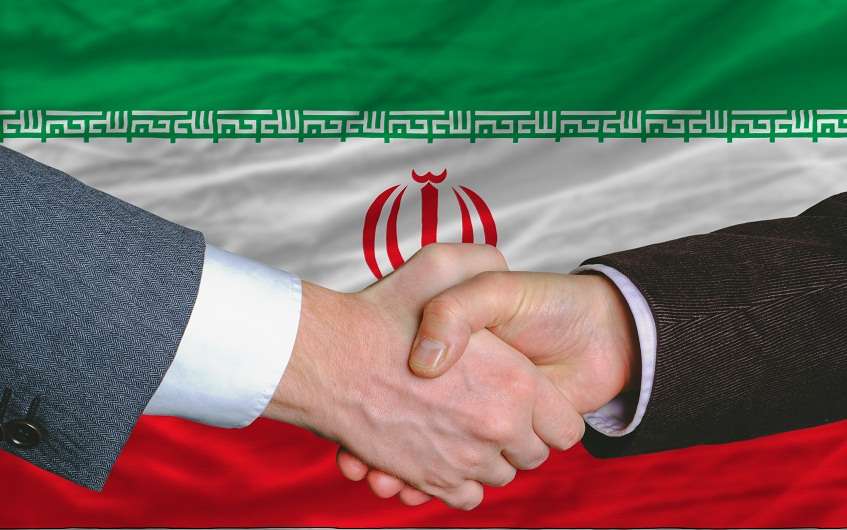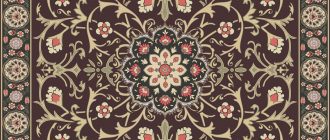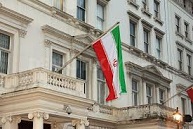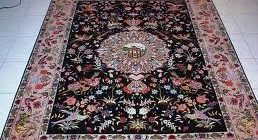Going to Iran for business? This article walks you through some basic customs and etiquette as well as look at areas like food, language,weather and more.
Iran, which is officially known as Islamic Republic of Iran, and formerly known as Persia, is one of the world’s oldest continuous major civilizations. The history of Iran covers thousands of years, throughout history; Iran has been of great geostrategic importance because of its central location in Eurasia. Iran is a large Western Asian country located in the Middle East and Central Asia with almost 70,000,000 population and total area of 1,648,195 km² which is almost equal to the size of the four major European countries; Germany, UK, Spain and France altogether.
Iran is a founding member of the United Nations, ECO, OIC and OPEC. Because of its huge supply of petroleum, Iran has a major role in international politics and influence in the Middle East.
Iran’s Languages
The only official language spoken in Iran is Farsi or Persian. But many Iranians are able to understand English to a certain extent since English is the first foreign language that everyone has to learn during the guidance school, high school and University.
Other languages spoken in Iran are Turkish (Azeri), Kurdish, Arabic, Luri, Gilaki, Mazanderani, Turkmen, Balochi, Pashto, and many dialects. The people in different cities such as Isfahan, Shiraz, Mash’had, Yazd, Kashan etc. speak Farsi with different accents, but all of them are very sweet. Do not worry, even if you cannot understand Farsi, you can definitely still enjoy Iran. But if you learn a few Farsi phrases every day then it will make your trip more memorable than you can imagine. Even a few words can make a huge difference.
Persian foods
The Iranian foods are of the most delicious foods in the world and it usually takes a few hours to get cooked and ready. Main Iranian foods are based on rice. The main courses are in the forms of Rice Plates such as Adass Polo (Lentil Rice), Baghali Polo (Lima Bean Rice), Chelo Sefeed (White Rice), Haveeg Polo (Carrot Rice), Sabzi Polo (Vegetable Rice), Tah-Cheen (Pot-Bottom Crust with Chicken, and in the form of stew such as Khoresht Fesenjan, Khoresht Bamieh (Okra Stew), Khoresht Ghormeh_Sabzi (Green Vegetable Stew), Abgousht (Beef Stew), and also in the forms of Souffle, Sea Food (Vegetable-White fish), Kebabs (Grilled meat, barbequed meat etc.) and some special desserts in Iran are Halva and Ranginak, etc.
Climate
There is a variable climate in different parts of Iran. In the north of Iran, which is placed by the Khazar sea, the weather is humid and also rainy most of the time in a year. But many people travel from all over the country to the north to enjoy the beauty of the nature and spectacular sceneries. In the south, winters are mild and the summers are very hot, where the average daily temperatures in July exceed 38°C and the summer heat is also accompanied by high humidity. In the northwest, winters are cold with heavy snowfall and subfreezing temperatures during December and January. Spring and autumn are relatively mild, while summers are dry and hot. The Northeast east and centre of Iran are dry with a moderate-high temperature. There are two huge deserts in Iran, namely Dasht-E-Kavir and Kavir-e-Loot, and also mountain ranges called Alborz and Zagros.
Geographical border
Iran is situated in Southwest Asia, bordering the Persian Gulf, the Oman Gulf ,and the Caspian Sea (Khazar Sea). The neighboring countries of Iran are Pakistan and Afghanistan in the south, Turkmenistan, Azerbaijan and Armenia in the north, Turkey and Iraq in the west and Arabic countries such as Saudi Arabia, UAE, Kuwait, and Oman in the south. Iran is one of the world’s most mountainous countries. Its mountains have helped to shape both the political and the economic history of the country for several centuries.
Doing business in Iran needs some objective understanding of its people, customs, culture, religion, etiquette and the ways of approaching business. By obtaining some cross-cultural skills, international businessmen can significantly improve their business experiences in Iran and can help them to minimize misunderstandings and poor communication.
Business
Meetings and Greetings
When meeting someone in an official or business context you should always shake hands. If you are a male or female you should wait to see if the people extend their hands or not, if they do not, then you can simply nod your head and smile.
The most common greeting in Iran is ‘Salam’ which means “peace be upon you”. One would also reply with ‘Salam’ and when leaving, Iranians will usually use, ‘khoda-hafez’ which almost means “Goodbye” and its exact meaning is that “God preserve you”.
Introductions are usually restricted to members of the same sex since generally women and men socialize separately and men kiss other men and women kiss other women at the social events. But if they meet on the street, a handshake is a more common greeting than any other type of greetings.
• When Iranians greet each other they take their time and converse about general things.
• Iranians are more comfortable to do business with people they know, so normally they spend time to know you as a person before business is conducted.
• They normally serve tea when they meet someone.
• Appointments are very important for Iranians and should be made 4 to 6 weeks in advance. Try to confirm the meeting one week in advance.
• Punctuality is really important and you should arrive at meetings on time.
• Meetings in Iran are frequently interrupted; as a result you should try to be patient.
• Try not to rush the meeting by looking at your watch. If you appear fixated on the amount of time the meeting is taking, you will not be trusted.
Business Negotiating
• Business is attached to personal relationships in Iran.
• Procedure of decision-making is slow.
• Don’t put high pressure on you business partners in Iran. They may work against you.
• Iranians are very emotional and it may make them to walk out of the meeting.
• Decisions are made at the top of the company, either by one person or a small council.
Dress code
• Business dress code in Iran is formal.
• Men should wear dark colored business suits.
• Iranians normally do not wear ties but it would not be seen as negative if you did so.
• Dress well to make a good impression.
• Women should always dress modestly and cover their hair.
Titles
• You should address your Iranian business partners by their title and their surname.
• The title “doktor” is used for both M.D.s and Ph.D.s. Engineers are called “mohandes”. These titles are preceded by the formal titles listed below and are used with the surname.
• The title “Agha” (sir) is used when addressing men. It may be used before or after the first name. The phrase “Agha-yeh” is put before a surname.
• The title “Khanoom” (madam) is used when addressing women. It may be used before or after the first name. The phrase “Khanoom-eh” is used before the surname.
• Only close friends and family use this informal form of address.





